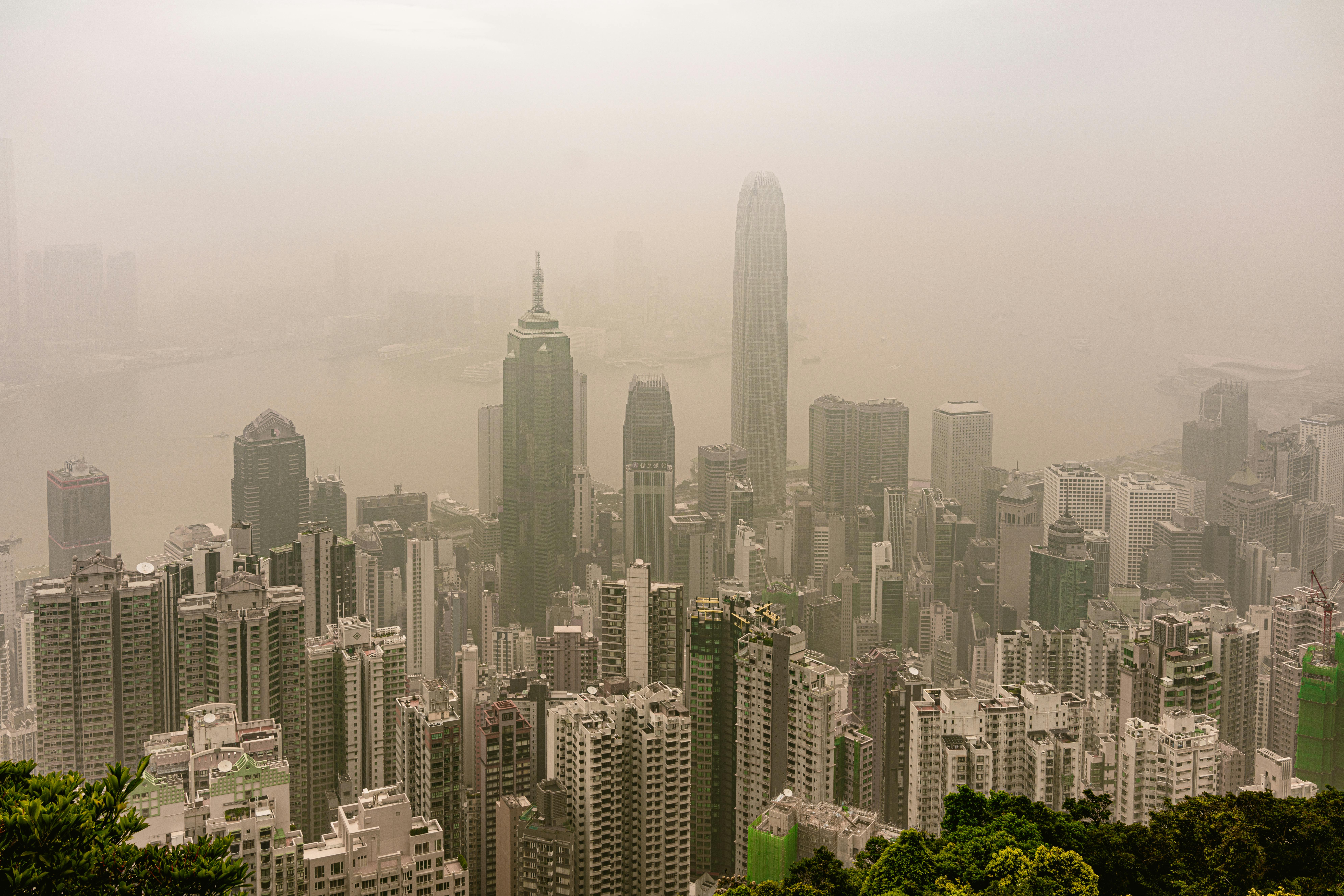Media release
From:
JAMA
Air Pollution and Parkinson Disease in a Population-Based Study
About The Study: The findings of this study suggest that a reduction in air pollution may help reduce Parkinson disease risk, modifying the Parkinson disease phenotype and the risk of dyskinesia in patients with Parkinson disease.
Attachments
Note: Not all attachments are visible to the general public.
Research URLs will go live after the embargo ends.

Research
JAMA, Web page
The URL will go live after the embargo ends
Journal/
conference:
JAMA Network Open
Organisation/s:
Barrow Neurological Institute, USA, Mayo Clinic, USA
Funder:
No information provided.



 International
International



